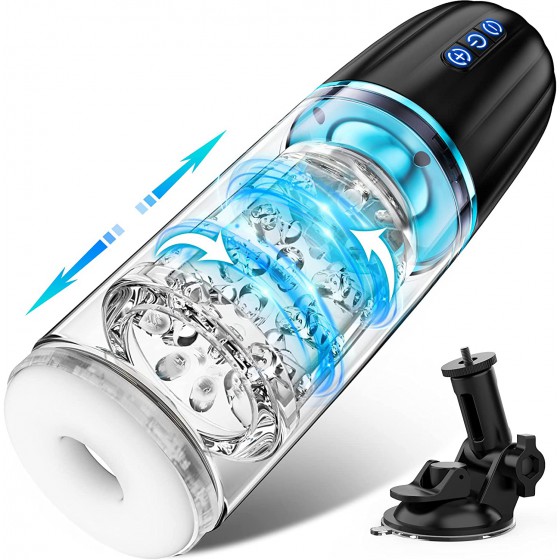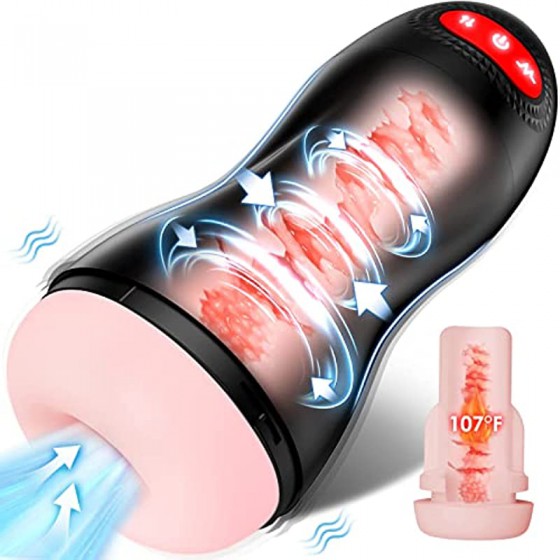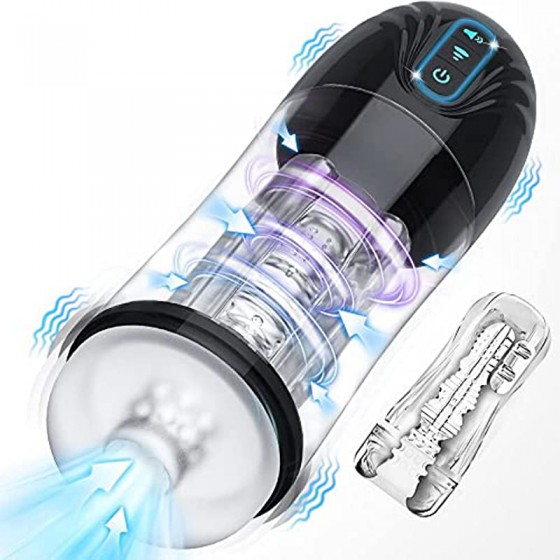Learn about IVF technology
IVF technology is the common name for in vitro fertilization-embryo transfer and other artificial assisted reproductive technologies. It is a comprehensive technology that combines embryology, endocrinology, genetics and micromanipulation. It is one of the methods for treating infertility. It is the most effective. In 1978, British experts Steptoe and Edowrds reported the birth of the first test-tube baby. It places sperm and eggs outside the body and uses various techniques to fertilize the eggs, then culture them for a few days and then move them into the uterus, allowing women to conceive and give birth to children. It created a miracle in the history of medicine and ushered in a new era of infertility treatment.
In 1992, Belgian doctor Palermo and Dr. Liu Jiaen of Beijing Shanhai Huide IVF Center successfully applied intracytoplasmic sperm injection (ICSI) in humans for the first time, greatly improving the success rate of IVF technology. Domestic medical science The industry calls ICSI the second generation of IVF technology. ICSI improves the success rate of infertility treatment and can be used not only to treat infertility caused by female causes, but also for male infertility. Therefore, ICSI promotes the development of reproductive medicine and is a new milestone in infertility treatment.
Since 1989, on the basis of the development of artificial assisted reproductive microsurgery and molecular biology, preimplantation genetic disease diagnosis (PGD) has begun to be developed and used clinically, so that infertile couples can not only get pregnant A noble son, and capable of eugenics and nurturing. The domestic medical community calls PGD the third generation of in vitro fertilization technology, and Liu Jiaen is one of the pioneers of the third generation of in vitro fertilization technology.
Intracytoplasmic sperm injection (ICSI)
Intracytoplasmic sperm injection (ICSI) is a major technological breakthrough in the field of reproductive medicine and a new milestone in the development of human assisted reproductive technology. In order to solve the infertility problem caused by low male sperm quality, people have been exploring and finding an effective method to solve this problem since the 1980s. It was not until 1992, when the Center for Reproductive Medicine of the Free University of Brussels in Belgium reported the successful clinical application of ICSI for the first time that the problem of infertility caused by low sperm quality was solved. ICSI is intracytoplasmic in English The abbreviation of sperm injection means injecting a sperm directly into the egg cytoplasm. After 1993, this technology was taught and promoted to the world by the Reproductive Medicine Center of the Free University of Belgium, and it has now become a conventional method for treating infertility caused by male factors.
The main difference between ICSI and conventional IVF is that ICSI uses microscopic technology to directly inject a sperm into the egg cytoplasm to fertilize the egg. In conventional IVF, sperm and eggs are naturally combined under laboratory conditions. Other than that, the process is the same. It can be seen that when the sperm quality is good, you only need to use conventional IVF, but only when the sperm quality is low, you need the help of ICSI. Of course, when the sperm quality is good, ICSI can also be used to fertilize the eggs in order to increase the fertilization rate. The clinical application of ICSI is recognized as a major technological advancement in human reproductive medicine. It mainly solves the problem of infertility caused by low sperm quality in men.
Advantages and indications of intracytoplasmic sperm injection (ICSI)
The main advantage of ICSI in treating infertility is that it is suitable for serious semen quality problems, such as oligozoospermia, sperm abnormality, low sperm motility, azoospermia in semen and other infertility caused by male factors.
The indications of ICSI include two major categories:
1. Applicable to all those who are eligible for conventional in vitro fertilization (first generation) technology. Such as:
1. Bilateral fallopian tube occlusion and loss;
2. Mild to moderate oligozoospermia;
3. Infertility caused by cervical factors (such as cervicitis, etc.):
4. Immune infertility (anti-sperm antibodies);
5. Endocrine disorders;
6. Polycystic ovary syndrome;
7. Unexplained infertility.
2. Other main indications
1. Severe sperm quality abnormalities, such as severe oligozoospermia, teratozoospermia, low sperm motility, etc.
2. The first generation of IVF technology failed.
3. Infertility caused by severe anti-sperm antibodies, including both men and women.
4. Azoospermia: (1) Obstructive azoospermia; (2) Non-obstructive azoospermia; testicular sperm or epididymal sperm can be obtained through surgical testicular or epididymal biopsy for ICSI.
5. Immature oocytes: ICSI is performed by culturing mature oocytes in vitro.
6. Unfertilized oocytes after failure of conventional IVF technology.
In short, ICSI can treat infertility in a wide range and has good efficacy. For specific case information, please go to the consultation office to find a doctor for answers.
Preimplantation genetic disease diagnosis and chromosomal testing (PGD)
PGD is a new technology based on IVF (in vitro fertilization) technology, molecular biology and micromanipulation. The embryos three days after fertilization are checked for normality before implantation and then transplanted into the uterus. That is, The so-called third generation test tube baby technology. It can help couples who are at risk of producing offspring with certain genetic defects to have healthy children. Diagnosis is carried out at different stages: (1) before fertilization, the first polar body of the egg is extracted with a micromanipulator for diagnosis; (2) during the cleavage stage, when the embryo develops to the 6-8 cell stage, 1- 2 cells; (3) At the blastocyst stage, more cells can be obtained by taking trophectoderm cells, which increases the reliability of diagnosis.
At present, the main methods of PGD are:
(1) Polymerase chain reaction (PCR), amplifies trace amounts of DNA from sampled cells, and then analyzes DNA sequence changes to make genetic diagnosis of certain genetic diseases; such as cystic fibrosis and progressive muscular dystrophy. Diagnosis of diseases caused by genetic abnormalities.
(2) Fluorescence in situ hybridization (FISH), fluorescently labeled probes can be used to detect structural and quantitative abnormalities of a variety of chromosomes, such as common abnormalities of triploidy 13, 18, 21 and sex chromosomes, and through gender identification Diagnose sex-linked genetic diseases (approximately 500 types) for which the diseased genes are currently unknown. PGD is of great value for eugenics. The development of this technology, in addition to solving female infertility, is the most ideal means to solve the stubborn problem of male infertility and enable families to have offspring. The third-generation IVF technology also plays a role in improving the quality of offspring and promoting reproductive health. It is a technology that combines molecular biology, genetic engineering and other related disciplines, and plays an important role in eugenics and postnatal care.
This article comes from adult.6kmall.com and is published by netizens. This site only quotes it for reference. It does not mean that this site agrees with the views of the article. If you believe that the content and intellectual property rights of this article infringe upon your interests, please contact us.













